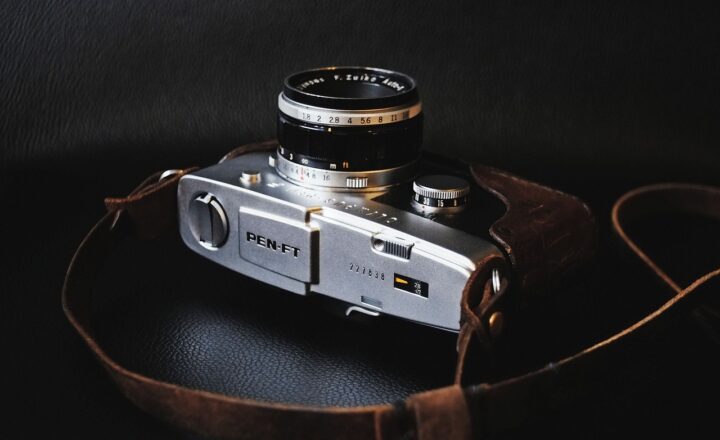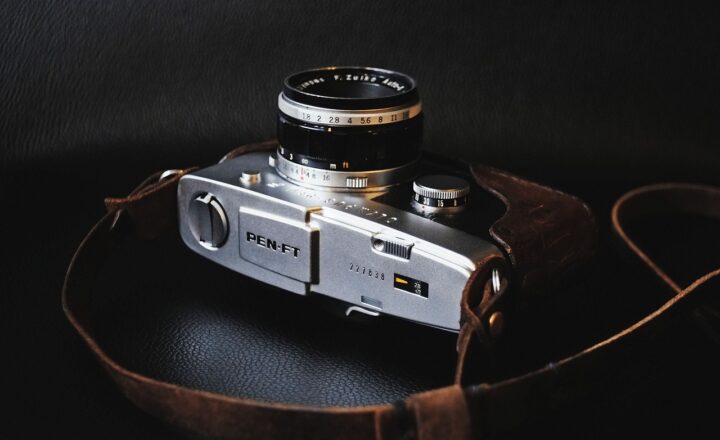
3D design is rapidly evolving, and with it comes the increasing need for authentic and visually striking textures. Texturing plays a pivotal role in the aesthetics of any 3D model, adding depth and realism that captivates viewers and enhances the overall design. Whether you’re creating environments for games, animations, or architectural visualizations, mastering the art of creating realistic textures is essential.
1. Understanding Texture Mapping
Texture mapping is the process of applying a 2D image (texture) onto a 3D model. The key to achieving realism in texturing lies in understanding how to manipulate and apply these textures correctly. Here are some vital concepts to grasp:
- UV Mapping: UV mapping involves unwrapping a 3D model into a 2D space. This helps in accurately applying textures without distortion. Each point in the UV map corresponds to a point in the 3D model, preserving the model’s details and structure.
- Texture Coordinates: Texture coordinates (or UV coordinates) describe how a texture is wrapped around a model. Properly adjusting these coordinates is crucial for ensuring that the texture aligns seamlessly with the model’s surfaces.
- Different Types of Textures: Textures can serve various purposes, such as color, bump, specularity, and normal mapping. Understanding the distinction between these types is key to achieving depth and detail in your models.
2. Selecting the Right Textures
When it comes to textures, the quality and relevance of the textures you choose can make a significant difference in the realism of your model. Here are some pointers for selecting the right textures:
- Use High-Resolution Textures: For detailed surfaces, opt for high-resolution textures. Smaller textures can appear pixelated when applied to larger models.
- Reference Real-World Textures: Study and capture photos of real-world materials to fabricate textures that reflect their authentic characteristics. Pay close attention to colors, imperfections, and patterns.
- Use Texture Libraries: There are numerous online texture libraries such as Texture Haven, Poliigon, and Quixel that house high-quality, free, or paid textures which can streamline your creative process.
3. Techniques for Texture Creation
Creating realistic textures can be achieved through various methods, including:
- Photographic Textures: Capture real-world materials using a decent camera. To achieve the best results, ensure consistent lighting when photographing surfaces and gather enough variety to create seamless textures.
- Procedural Textures: These are generated using algorithms rather than photographs. Software like Substance Painter and Blender have tools for creating and manipulating procedural textures. Procedural texturing allows for endless variations without the need for images.
- Hand-Painted Textures: For stylized 3D models, hand-painting textures allows for complete artistic control. Use painting software like Photoshop or Krita to create unique texture maps directly on your model, maintaining a personal touch.
- Bump and Normal Mapping: Both techniques add the illusion of depth and detail without modifying the model’s geometry by altering how light interacts with the surface, resulting in a more realistic appearance.
4. Best Practices for Texture Application
After creating or acquiring your textures, applying them correctly is vital for achieving realism. Here are a few best practices:
- Scale and Repeat: Ensure that the scale of your texture matches the proportions of the object. Also, consider using seamless textures to minimize visible repetition in larger surfaces.
- Layering Textures: For complex surfaces, layer multiple textures together to create a richer appearance. Use blend modes to combine them effectively and utilize transparency maps to handle visibility.
- Lighting Considerations: Texturing is closely linked with lighting. Make sure your textures look good under a variety of lighting conditions that simulate real-life scenarios.
5. Post-Processing Techniques
Post-processing can elevate your textures by adding additional effects that increase realism. Here are some techniques to consider:
- Color Correction: Adjust the brightness, contrast, and saturation of your textures in post-processing to match the environment where they will be used.
- Adding Details: Use software like Photoshop or GIMP to apply detailed layers onto your textures such as scratches, dirt, or wear patterns.
- Utilizing Displacement Maps: Enhance the physical characteristics of a model by creating a displacement map that alters the mesh based on the texture information, giving added depth.
Conclusion
Creating realistic textures for 3D design is an essential skill that can significantly improve the quality and appeal of your work. By understanding the principles of texture mapping, selecting appropriate textures, employing effective texturing techniques, and mastering post-processing, you can elevate your designs to new heights.
As both technology and artistry evolve, stay updated with the latest tools and methods for crafting textures. Continuous practice and exploration of new techniques will enhance your ability to create stunning, lifelike 3D models that leave a lasting impression.








